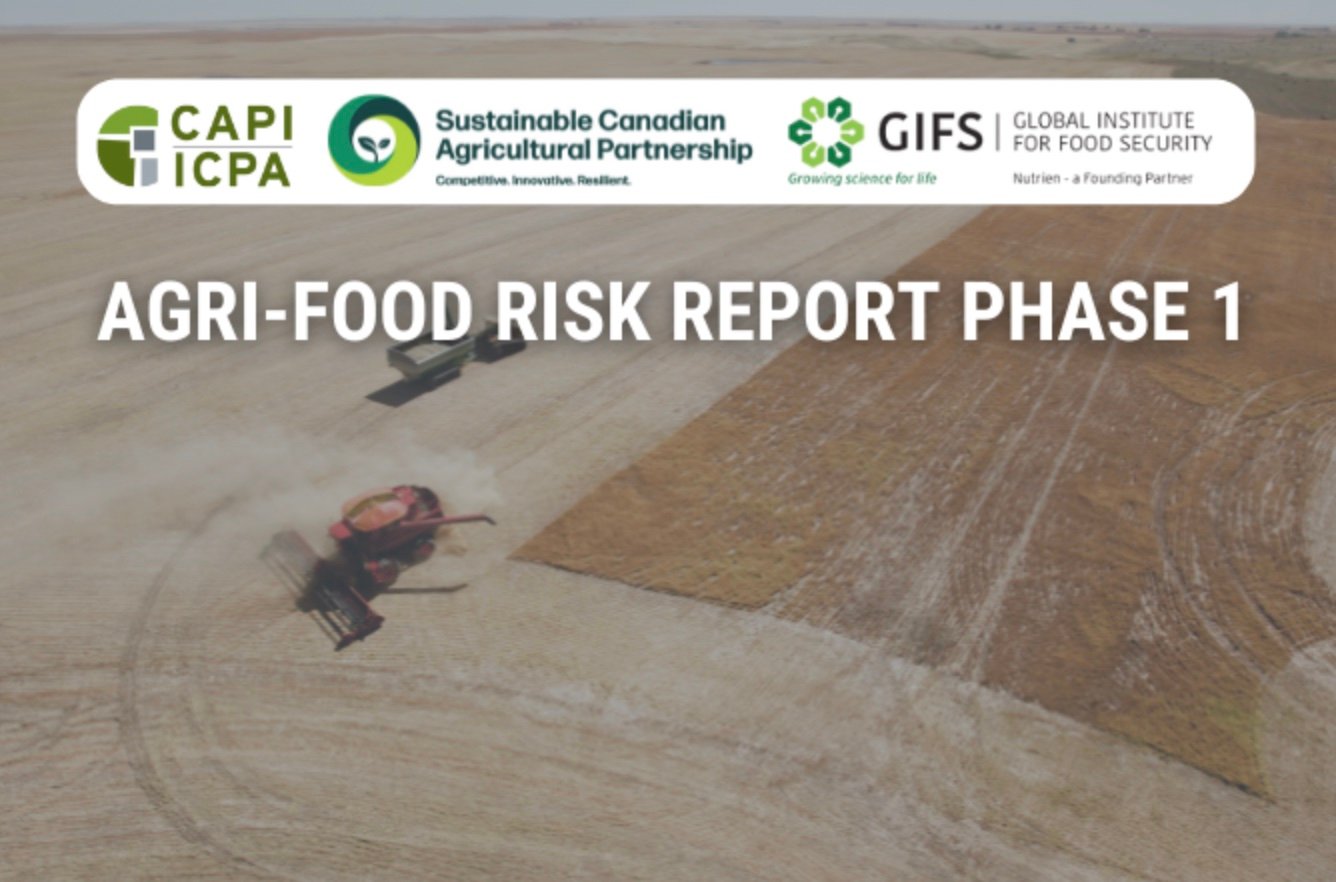Organic wheat, corn growers face vulnerabilities

Premiums paid for organic crops can enhance the revenue stream for small-scale farmers, but they need to know those premiums will be sustained long-term to justify a transition to organic production.
Read Also

Report highlights optimism, resignation in agriculture sector
A troublesome policy and regulatory environment, extreme weather, and trade barriers are the issues keeping Canadian agriculture professionals awake at…
Why it matters: A new report presents the most comprehensive review of the organic grains sector in Ontario to date.
A new report on the organic corn and grain value chain for Ontario highlights vulnerabilities such as lack of domestic processing capacity, uncertainty about efforts in the United States to shore up home-grown organic livestock feedstuffs, and post-COVID consumer trends away from some organic foods.
Despite this, the Organic Council of Ontario (OCO) and Manitoba-based Organic Grain Hub, which partnered on the report, remain optimistic.
“The report also reveals that consumer demand (for products derived from or fed organic wheat and corn) has not diminished,” the groups said in a June 19 news release.
“A trend that began during the pandemic is showing no sign of abating; consumers are now buying organic grains online and milling them at home. Farmer-to-baker connections are also helping farmers to increase their income streams by diversifying organic wheat production from soft to hard wheat and by growing heritage wheats to fill growing niche markets.”
The report, described by OCO executive director Carolyn Young as “a deep investigation” providing “real data that we need to help the (organic crop) sector thrive,” is the first of three planned organic value chain reports funded in part by the Ontario Ministry of Agriculture, Food and Agribusiness’ Supply Chain Stability and Adaptability program.
Still to come through OCO and other partner organizations are reports that explore organic dairy and organic wine grape production and marketing in Ontario.
Ontario challenges
Soybeans lead the way in Ontario’s organic crop acreage, followed by corn and wheat.
About three-quarters of the wheat is soft red winter, most of it food grade. There is little expansion of acreage in spring wheats and heritage varieties but there is some shift toward hard winter varieties, thanks to continued strength of Quebec-based miller La Meunerie Milanaise, now the largest organic mill in Canada.
Limited supply of spring wheat and heritage grains means the one commodity-scale organic mill in Ontario — P&H Milling in Hanover — and numerous small-scale niche market mills must import significant amounts of raw grain from Western Canada or elsewhere.
Because of challenging weather and growing conditions under organic production, organic corn achieves food grade in Ontario only once in every eight years, approximately. However, the report said yield and quality have increased significantly in the past decade due to GPS, sensor and tillage technology that allows for more effective weed control.
Failure to achieve food grade is not a factor in Ontario because virtually all organic corn grown here is destined for livestock feed. Over one third of the annual production is exported to mills serving mostly broiler and egg-laying farms in the United States.
The organic wing of P&H mostly serves domestic producers of organic baked goods. The value chain report said this market has been challenged because “both bakers and food processors have embraced gluten-free options and many of the products can be and are made using alternative grains.”
The post-COVID trend of increased home baking continues on the organic side, but Ontario’s small-scale processors can’t or don’t strive to meet domestic demand for consumer-packaged products; at least not those made from modern wheat varieties.
“Retail sales of organic packaged flour in Ontario were worth $5 million in 2021,” the report says. “This flour is sourced almost exclusively from organic mills outside of Ontario … (including) Anita’s Organic Mill in British Columbia, Prairie Flour in Manitoba and Ardent Mills in Saskatchewan.”
The report pins some hope for food-grade supplies of organic wheat and corn on the recently announced, Italy-based Andriani Ltd. pasta manufacturing facility now under construction in London.
For now, livestock feed is the dominant destination for organically produced grains in Ontario, and that’s not necessarily a good thing.
“With bakeries and millers struggling, some high-quality organic wheat is going to animal feed,” noted OCO board member Rob Wallbridge, the agronomy sales lead at Petrolia-based SureSource Commodities.
With about one-third of Ontario-grown organic corn now exported to feed mills south of the border, “if the U.S. becomes self-sufficient in organic grains, finds cheaper imports, or U.S. organic meat consumption drops, Canadian suppliers will have limited options going forward.”
With wheat, the report suggests some organic farmers may willingly accept a lower feed-grade price just to keep the crop in their rotation or for the convenience of dealing with a single buyer for all organic crops.
For corn, maintaining significant organic premiums over the conventional price is important in keeping Ontario’s organic crop sector viable.
On this front, there is optimism. Domestic demand for organic feed “has been growing,” the report observes, “driven primarily by the emergence of two large chicken meat processors — Yorkshire Valley Farms and Maple Leaf Foods. To a lesser extent, large layer operations also contribute to the market for organic feed,” while dairy producers are cited as a significant third stream for organic grains destined for feed.
The report recommends that a business case be developed for Ontario millers to serve the mainstream retail organic flour business, a niche now occupied exclusively by out-of-province companies. It also suggests providing up-to-date information on market opportunities and working to promote farm-to-baker sales for value-added revenue generation.
Source: Farmtario.com

